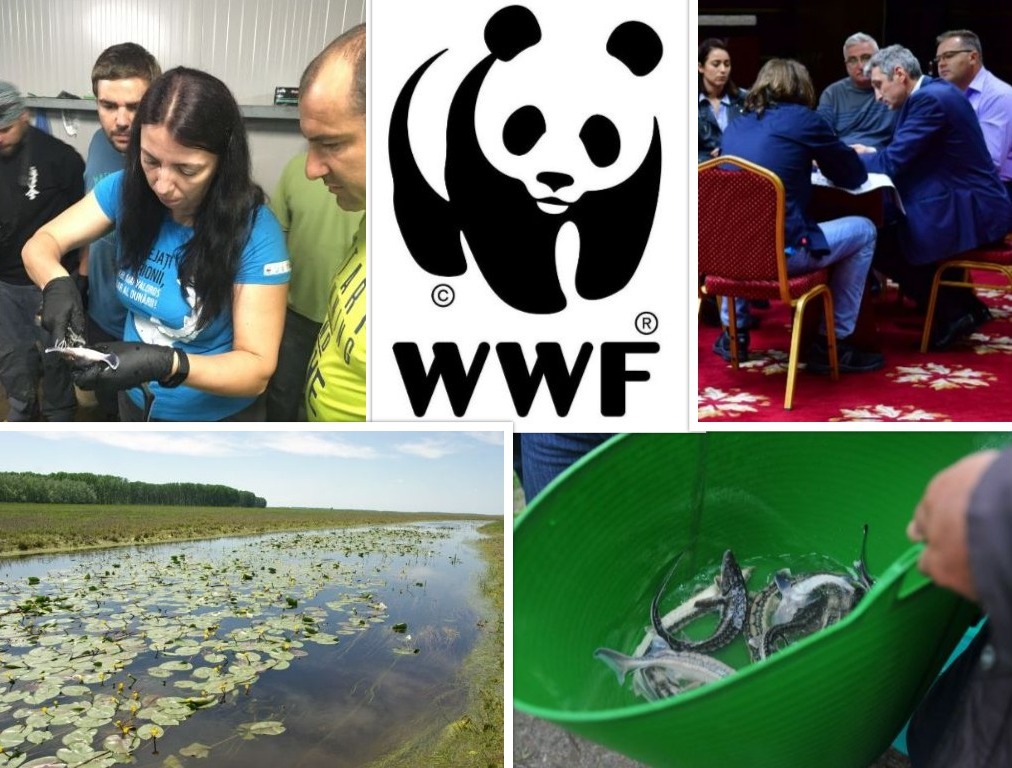MEASURES - MEET THE TEAM: WWF Romania
10-06-2019
WWF has been working in Romania since the 1990s and registered its office in 2006. Its main objectives are the conservation and restoration of biodiversity and ensuring sustainable development in the Danube-Carpathian region, called also the Green Heart of Europe.
From the Danube basin to the Carpathian Mountains, the Green Heart of Europe includes many of the continent’s greatest natural treasures.
• Wilderness
Europe’s most spectacular remaining wilderness areas outside of Russia, including the southern Carpathians and the Danube Delta.
• Forests
The largest remaining area of virgin and natural forests in Europe outside of northern Scandinavia and Russia.
• Rivers and wetlands
Most of Europe’s last remaining intact rivers and wetlands, including the globally important Lower Danube Green Corridor.
• Large carnivores
Two-thirds of the European populations of large carnivores, including bears, lynx and wolves.
• Danube sturgeon
The Beluga sturgeon - a 7-meter fish that survived the end of the dinosaurs but now teeters on the edge of extinction.
We depend on these treasures. They provide us with essential goods and services, from timber and fish to clean water and climate regulation, and the essential “green infrastructure” that secures our livelihoods and well-being. But they are under threat.
MEASURES Project: WWF Romania is leading the project communication and offers expertise in stakeholder engagement

The project objectives are in line with the messages promoted by the WWF in Romania regarding the ecological corridors and migratory fish protection. This project creates the unique possibility to contribute jointly with other important stakeholders to the implementation of migratory fish and nature policies on the Danube.
Also, through this project, the capitalization of the WWF team knowledge and expertise on freshwater ecosystems, species conservation, communication, stakeholder engagement, etc. could continue. Beside the fact that in this project, the WWF-RO has roles at the national level, the participation on a large 13/ 93 and mixed consortium covering the entire Danube basin and different types of entities (national authorities, international organizations, research institutions, academia, NGOs, etc) gives the opportunity to understand the holistic perspective of the Danube ecological corridors and migratory fish habitats and conservation.
